When flattening chicken breast for stuffing, you can either pound it flat or butterfly it. If you have no idea how to do either of those things, you’ve come to the right place!
Table of Contents
Why Should I Flatten Chicken Breast for Stuffing?
It does seem a little counterintuitive—if you flatten the chicken breast, there’s really not much room to stuff other delicious ingredients into the chicken.
This is because many stuffed chicken breast recipes result in a rolled chicken breast with stuffing. Like those delightful Swiss roll cakes, but made of meat and savory elements. You can also cut a small pocket into a chicken breast to stuff it, but in this article we’ll be discussing flattening methods for stuffing.
How to Flatten Chicken Breast: Butterfly vs Pounding Chicken
If you’re imagining a chicken with colorful butterfly wings, kudos to you for your imaginative spirit, but that’s not quite what we mean. Let’s look at the two main methods for flattening chicken breasts: butterflying and pounding.
Butterflying Method
Butterflying is a cooking technique that involves splitting a piece of meat almost in two, and then opening the meat to lay it out flat. To do this with a chicken breast, follow these steps:
- Grab your chicken breast, a cutting board, and a sharp chef’s knife.
- Put the chicken breast on the cutting board.
- Place your hand flat against the top of the chicken breast. You want to apply enough pressure so that the chicken breast doesn’t slide around, but don’t push down so hard that your fingers get in the way of the knife.
- Starting with the thickest side of the chicken breast, begin cutting through the middle of the breast. You should be cutting lengthwise, with the flat side of your knife parallel to the cutting board. Do not cut all the way through the chicken, and stop about a half inch away from the other side of the meat.
- Peel open the layers, like you’re opening a book. The two layers should remain connected and resemble a butterfly—hence the name of the technique!
Pounding Method
Sometimes, after butterflying, a recipe will still call for you to pound the meat to ensure even thickness throughout. Whether you’re pounding after butterflying or only pounding, here’s what you do:
- Grab your chicken breast, a meat mallet, and two pieces of parchment paper (if you don’t have parchment paper, plastic wrap or a resealable plastic bag also works).
- Place the chicken breast in between the two pieces of parchment paper.
- Begin pounding the chicken—we find this is an excellent stress reliever! Start in the center with the thickest part of the meat, working your way to the outer edges.
- Keep pounding until the meat gets down to about a half inch or quarter inch thickness, or whatever thickness your recipe calls for.
Cook Coaching: Most meat mallets have a flat side and a ridged side. The flat side is what you should use for flattening chicken. The ridged side is for tenderizing tough cuts of meat (usually beef).
How to Flatten Chicken Breasts Without a Mallet
Don’t have a meat mallet for pounding? No worries—your house is full of potential tools for this job! The technique will be the same: put the chicken breast between two pieces of parchment paper and pound it down to an even thickness. But if you don’t have a meat mallet, you can also use:
- A rolling pin
- A big, fat cookbook—go for a hardback
- A saucepan
- A cast iron skillet—its heavy weight is especially helpful
- A mason jar
- An empty wine bottle—or a full one, but we’re personally not willing to take that risk and lose precious wine
- Your hands—let out that inner Bruce Lee
Essentially, anything with a wide, flat surface that can withstand repeated pounding will work.
Looking for a good example of a stuffed chicken dish that calls for flattening chicken breasts? The most well-known example would be Chicken Cordon Bleu. This dish is more of an intermediate difficulty, but it’s a great way to level up your cooking skills once you feel ready for the challenge.
How to Flatten Chicken Breast for Cordon Bleu
You can use the butterfly and pounding method for flattening chicken breast for Chicken Cordon Bleu, but we have a few other tips to keep in mind as well:
- Make sure you pound out the chicken breast until it is larger than the slice of ham, cheese, and other ingredients you will be rolling into it. Butterflying it before pounding can get you more surface area for this purpose.
- If you find your chicken is still smaller than the ham and cheese slices after you’ve pounded it to an appropriate thickness, you can trim the edges of the ham and cheese so they fit onto the chicken.
- When you roll the chicken up with all of its stuffing, roll it tightly, like you’re rolling a burrito. It’s helpful to start rolling from the narrowest end. Go slowly, tucking in any ingredients that try to pop out the sides as you roll.
And hey, if it’s not perfect the first time you try to make it—don’t worry! Cooking a perfect dish can take some practice. Even if it doesn’t look pretty on your first attempt, there’s a good chance it’s still probably quite tasty. And if not—practice makes perfect!
Looking for Some More Stuffed and Flattened Chicken Breast Recipes?
At Recipe Self, we have tons of yummy chicken breast recipes for you to try at home. If you want to practice your flattening techniques, check out this Turducken Roll recipe—you can test your skills on turkey, duck, and chicken! It’s quite the showstopper.
If all these instructions exhausted you, and you’d prefer something a little easier, try our Chicken Chesapeake recipe. Instead of flattening the meat, you simply cut a small pocket in the chicken breast, then fill it with a flavorful mixture of bacon, cream cheese, crabmeat, and more.
Not in the mood for either of those recipes? Check out our website for loads of other recipes and ideas, from appetizers to desserts. Your mouth will be watering in no time!
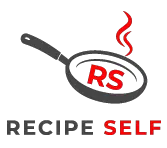
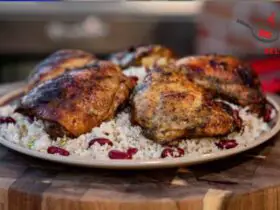

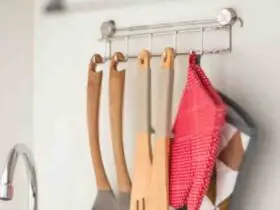
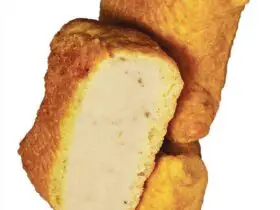
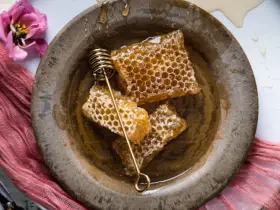


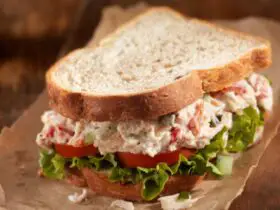
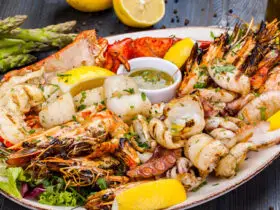
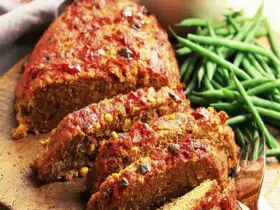

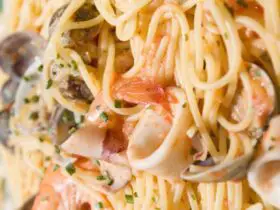

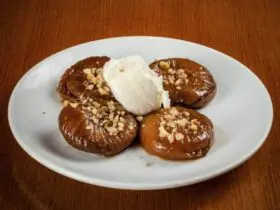
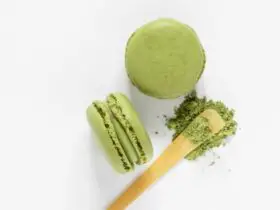

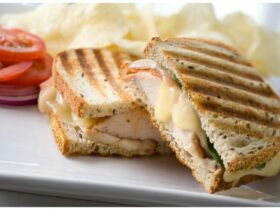

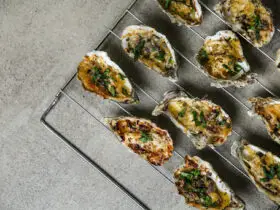





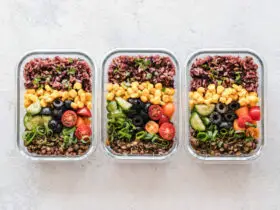
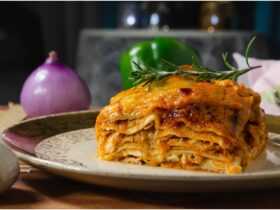
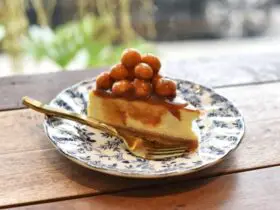
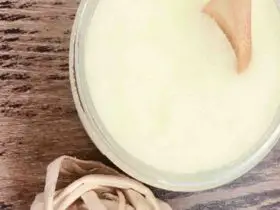
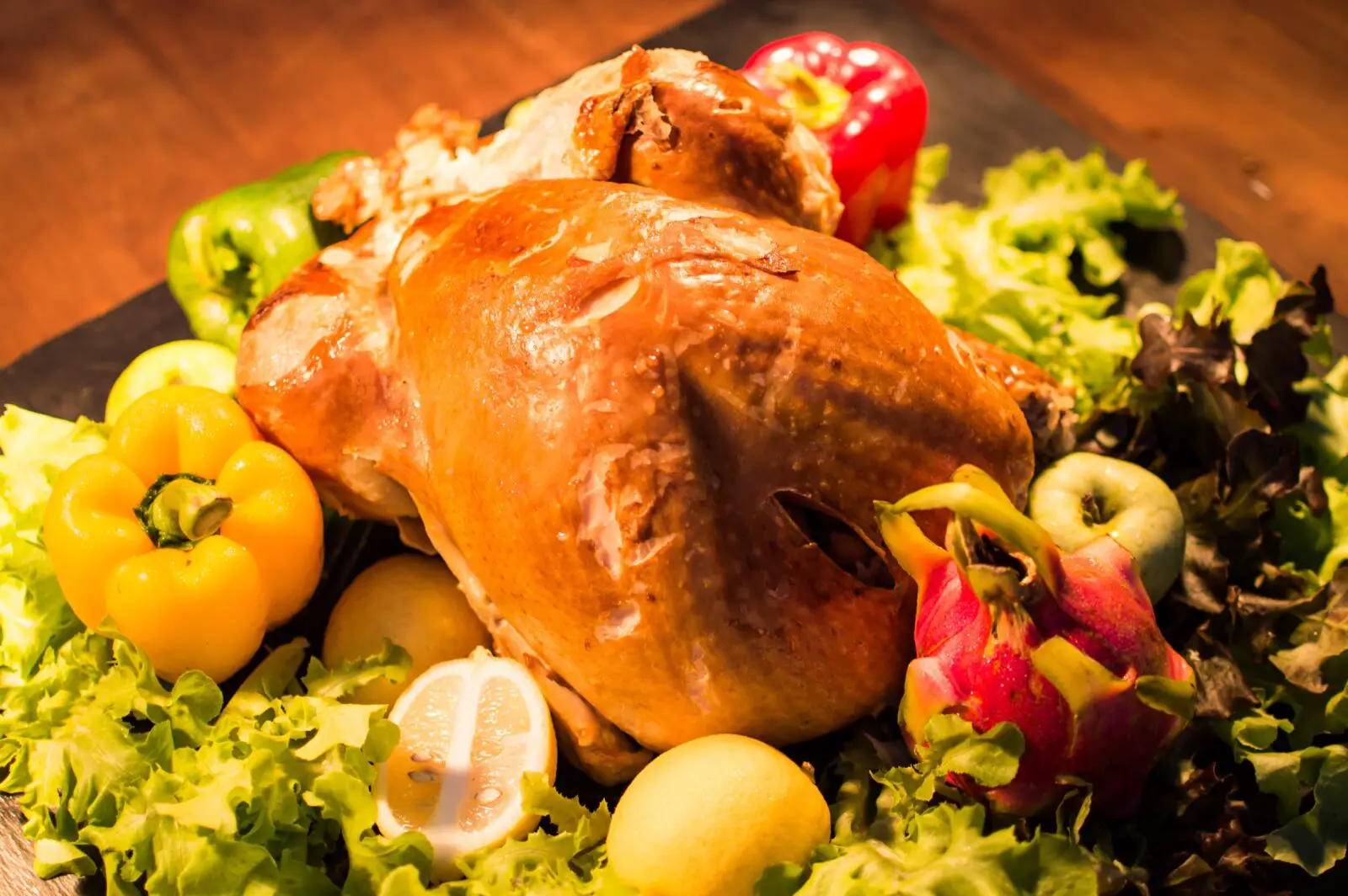


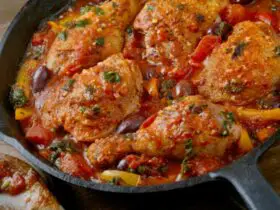
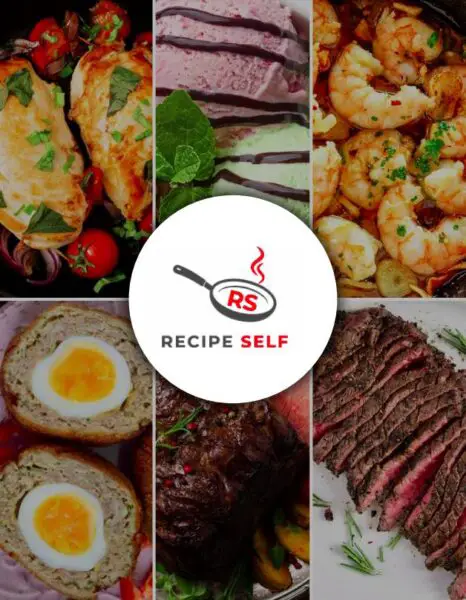
Leave a Reply